Commodore Amiga OCS/ECS
games list! |
| Total reviews! |
Handheld: 57 16/32bit Computers: 830 8bit Computers: 413 8bit Consoles: 58 16bit Consoles: 78 32/64bit Consoles: 107 128bit Consoles: 28 |
| OnLine members |
| Currently: 16 |
 |
| Best on 8bit micro! |
International Karate + - Commodore64 Xyphoes Fantasy - AmstradCPC Arkanoid II - AmstradCPC Pang - AmstradCPCPlus Wrath of the Demon - Commodore64 Night Hunter - AmstradCPC Barbarian - AmstradCPC Prince of Persia - SamCoupe Lemmings - SamCoupe |
| Best on 16bit micro! |
Turrican II - Amiga Shadow of the Beast - Amiga Jim Power - Amiga Agony - Amiga Turrican 2 - AtariST Project X - Amiga Super Frog - Amiga Flashback - Amiga Dark Seed - Amiga Flashback - Archimedes Warlocks - Archimedes Cannon Fodder - Amiga Turrican II - PC Universe - Amiga Hurrican - PC Tyrian - PC Super Stardust - AmigaAGA Pac-Mania - X68000 |
| Best on 8bit consoles! |
Pac-Mania - MasterSystem The NewZealand Story - MasterSystem Pang - GX4000 Batman Return of The Joker - nes Battletoads & Double Dragon - nes |
| Best on 16bit consoles! |
Jim Power - snes Donkey Kong Country - snes Aladdin - snes Comix Zone - Megadrive Alien Soldier - Megadrive Blazing Lazers - pcengine Raiden - pcengine Super Star Soldier - pcengine |
| Best on 32bit consoles! |
G-Darius - psone Super Mario 64 - n64 ISS Pro Evolution - psone Perfect Dark - n64 Dino Crisis 2 - psone Resident Evil 2 - psone Metal Gear Solid - psone Oddworld: Abe - psone Klonoa: Door To Phantomile - psone Medievil - psone Nights Into Dreams - Saturn Flashback - CDi |
| Total hits! |
| Puzzle! |
 |
| Random Old Ads! |
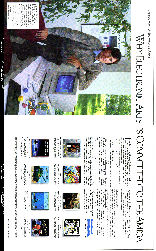 |
| ||||||||||||||||||||||||||
| ||||||||||||||||||||||||||
| ||||||||||||||||||||||||||
 STORY / GAMEPLAY STORY / GAMEPLAYThe basic idea is simple. You take part in a series of races egainst three other cars, of which two can be controlled by others players. All four opponents hurtling around various tracks, each with its own torturous bends and niggly bits, and the one that first completes a set of laps before the others, is the winner. You car can be modified after each race, by spending your prize money. Note that you'll find yourself out of fuel too, so better spend money improving your fuel-tank capacity, or brake down to the pits every two laps to refuel while everyone else keeps zooming past you. The general rule is, you better finished at least 3rd in place to gain the minimum prize money in the pocket, in order to spend wisely on improving your car's spes. But if you really want to win, you have to play dirty too. Smashing your opponents off the track isn't just fun, it's a necessity here. Same goes for your opponents on you. The game plays almost exactly like its arcade cousin, having most of the original gameplay features. GRAPHICS / SOUND The graphics are tiny but gives them a bit extra zip, and means that the tracks can be more easily designed due to the smaller sprites. The Amiga conversion sports 32 colors on screen, while the ST sports only 16 colors. So, both utilize their basic display mode, without any use for extra number of color registers. The details aren't an exact, pixel-perfect treatment of the original, but they are quite close. In general, the details are not brilliant, but they do their job and look nice (remember the tiny sprites in Lemmings, Sensible Soccer etc). There are some nice touches, such as you also get to see the little men in the pits running about and getting run over! During the game there is no music (found only in the arcades' version), only some average sound FX (car engine noise, collisions sounds etc) that are more than adequate for the game itself. You also get some sampled speech telling you when to pit for more fuel. | ||||||||||||||||||||||||||
 |
| ||
| ||
| |||||
|
| ||||
|
| ||
Amiga 500/500+
| ||
| read more... | ||
| The Amiga 500/500+ (default) color palette | ||
 | ||
| 12bit RGB 4096-colors palette (32 to 4096 colors on screen) | ||
| ||
| No comments added yet | ||
| Login to leave your message! |
| Our featured games |
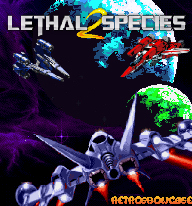 |
| Play old-school now! |
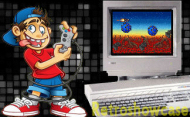 |
| Music Player! |
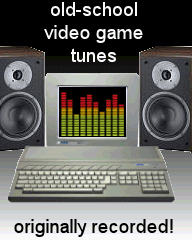 |
| Play ZX on-line!! |
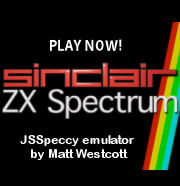 |
| Play CPC on-line!! |
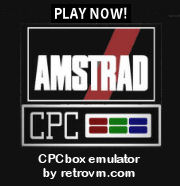 |
| Boot Screens! |
 |
| Retro-games Trivia! |
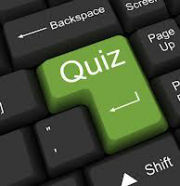 |
| Old-school Crossword! |
 |
| Is this my palette? |
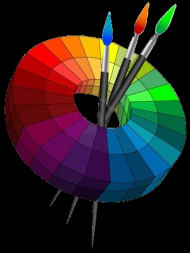 |
| The logo evolution! |
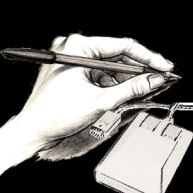 |
| Manuals! |
 |
| Beat them All! |
 |




 7.5
7.5 7.0
7.0 8.5
8.5 8.0
8.0









 CPU: Motorola MC68000 7.16 MHz
CPU: Motorola MC68000 7.16 MHz